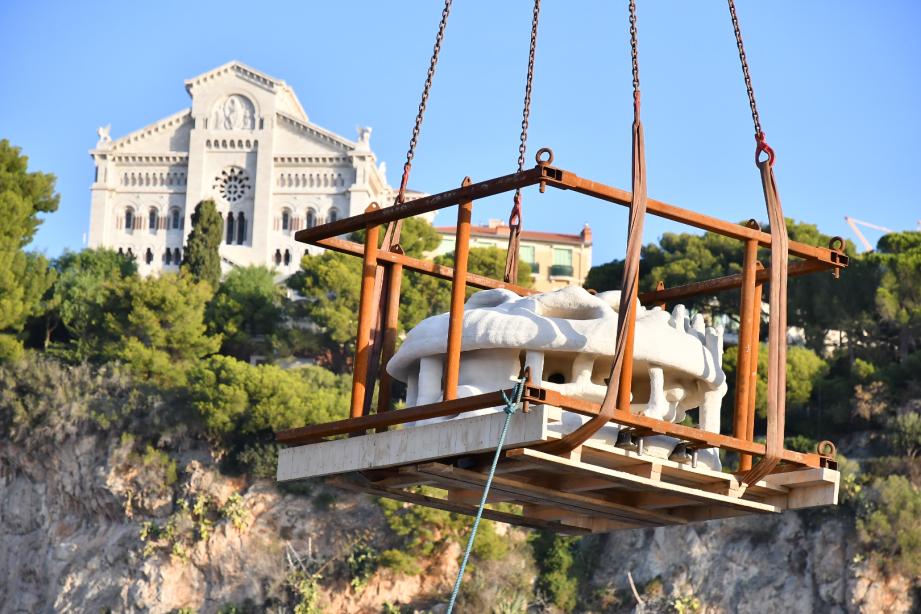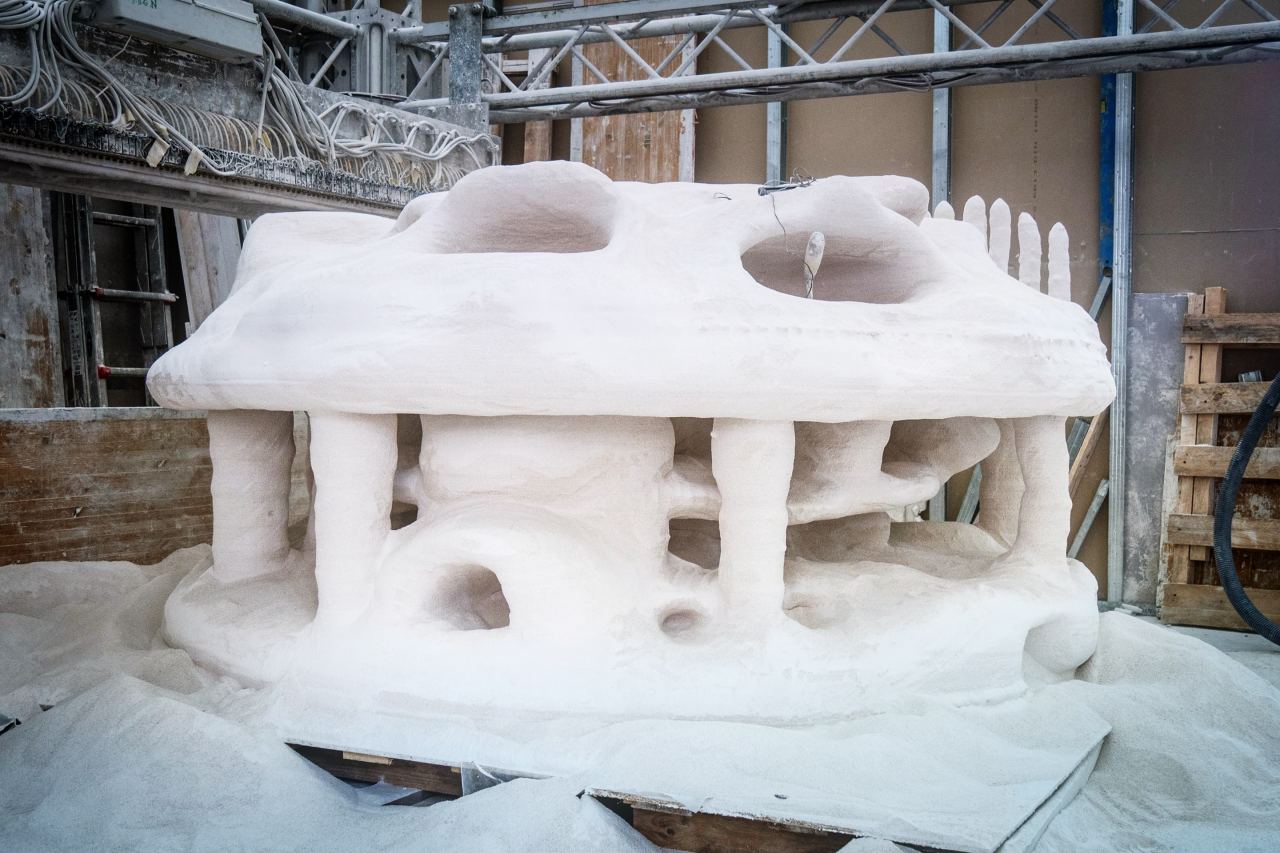3D printed coral reefs installed in the bay near Monaco

Coral reefs support 25% of all marine life, but global changes in climate lead to their destruction. Since 1980, almost half of all coral reefs have died, and this figure is steadily increasing. And two years ago, one of the largest reef destruction occurred recently.
However, all is not lost: in 2015, the Dutch scientists created six coral reefs using a 3D printer. Last week, they were finally installed in Larvotto Bay in Monaco.
Artificial reefs were made by the Dutch company Boskalis for the money of the Prince Albert II Foundation. Structures of 1.2 x 2 meters weigh 2.5 tons, and it took 13 hours to print each one. They consist of sand, dolomite and volcanic ash.
')

Last week, the government of Monaco announced the official deployment of Boskalis reefs in Larvotto Bay. Divers from the Monaco Nature Conservation Association installed artificial reefs with balloons, slowly blowing them away to carefully place objects in their designated places.
Now scientists are watching how printed reefs will take root in the wild.
According to Boskalis environmental engineer Astrid Kramer , no one in the world has implemented such projects. “We are expanding horizons. The world around us is changing, and I hope that our project will serve not only as a source of valuable knowledge and experience for our followers, ”she said.
However, some experts are less optimistic. So, Ruth Gates, a scientist from Harvard University , states: “An artificial coral reef will collapse. The marine environment is very aggressive, and the reefs printed on a 3D printer are just as short-lived as the real ones. It is not yet known how the marine inhabitants will accept artificial reefs, how they will withstand the conditions of the marine ecosystem, how they will behave in extreme conditions, and so on. However, this is really a big step forward. ”

The success of the project will show time. Cramer noted that monitoring and tracking of artificial reefs will continue over the next two years. In addition, Boskalis intends to share the results of the observation with the scientific community.
Similar studies are also being carried out by Danish scientists from the Ocean Learning Center , led by Fabien Cousteau. At the moment, the team is waiting for permission to place artificial reefs off the coast of the British Virgin Islands and the Florida Keys.
Source: https://habr.com/ru/post/373975/
All Articles